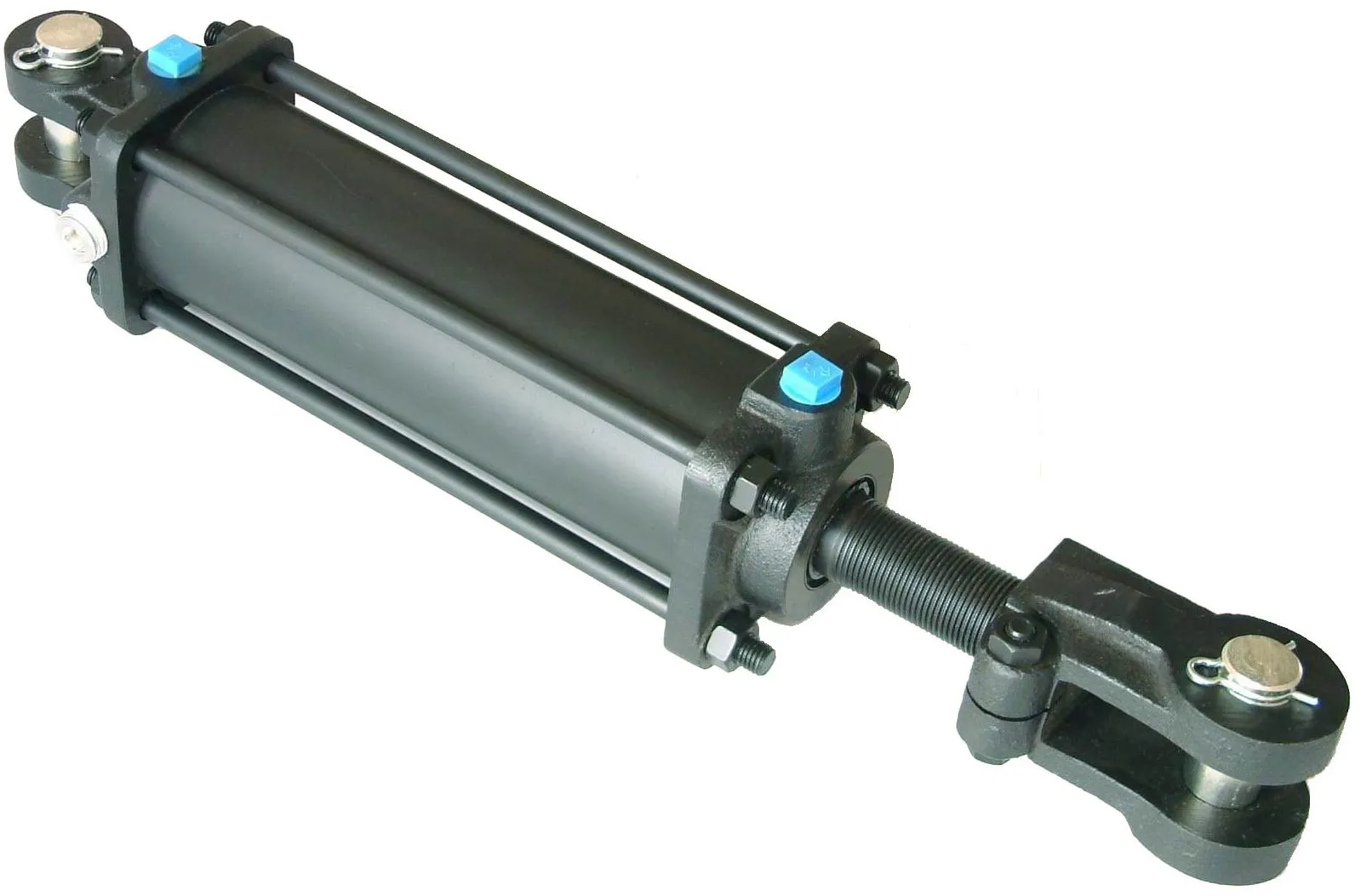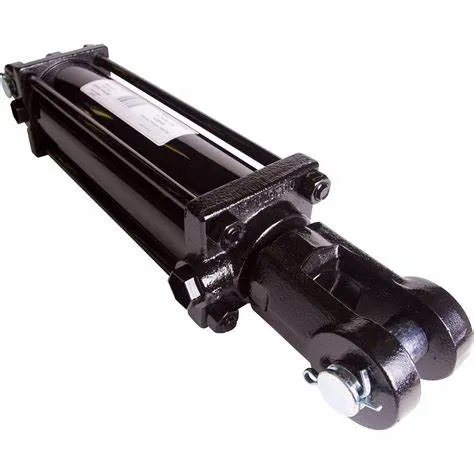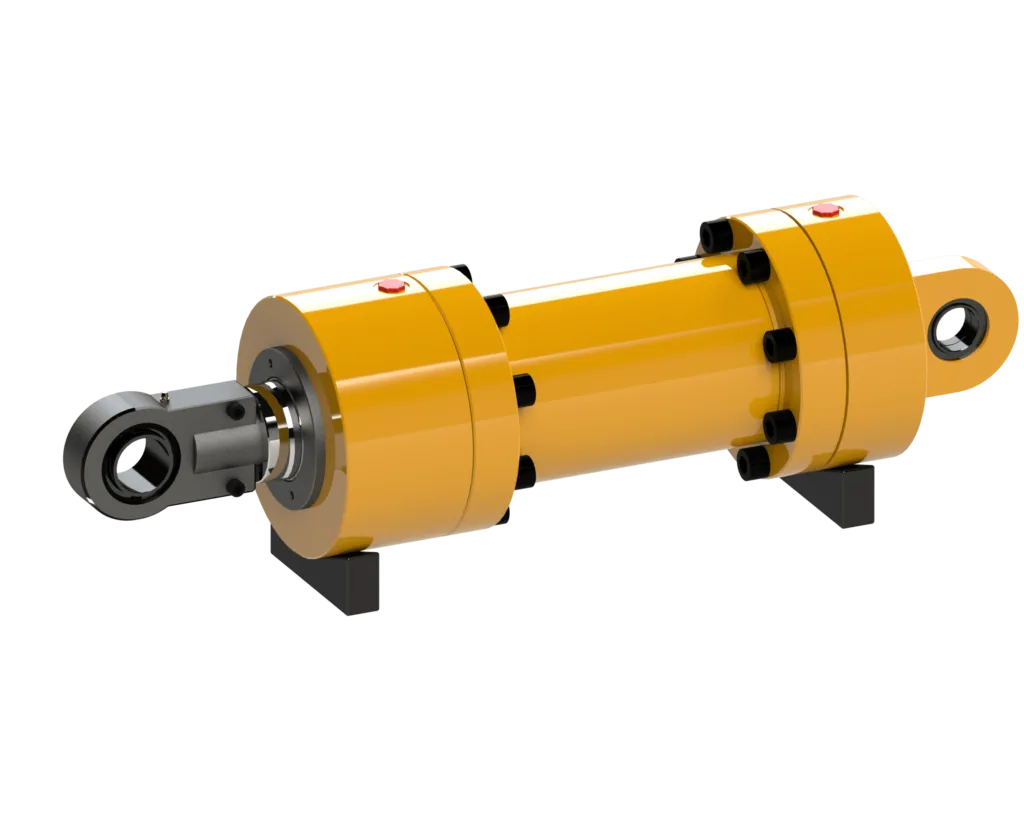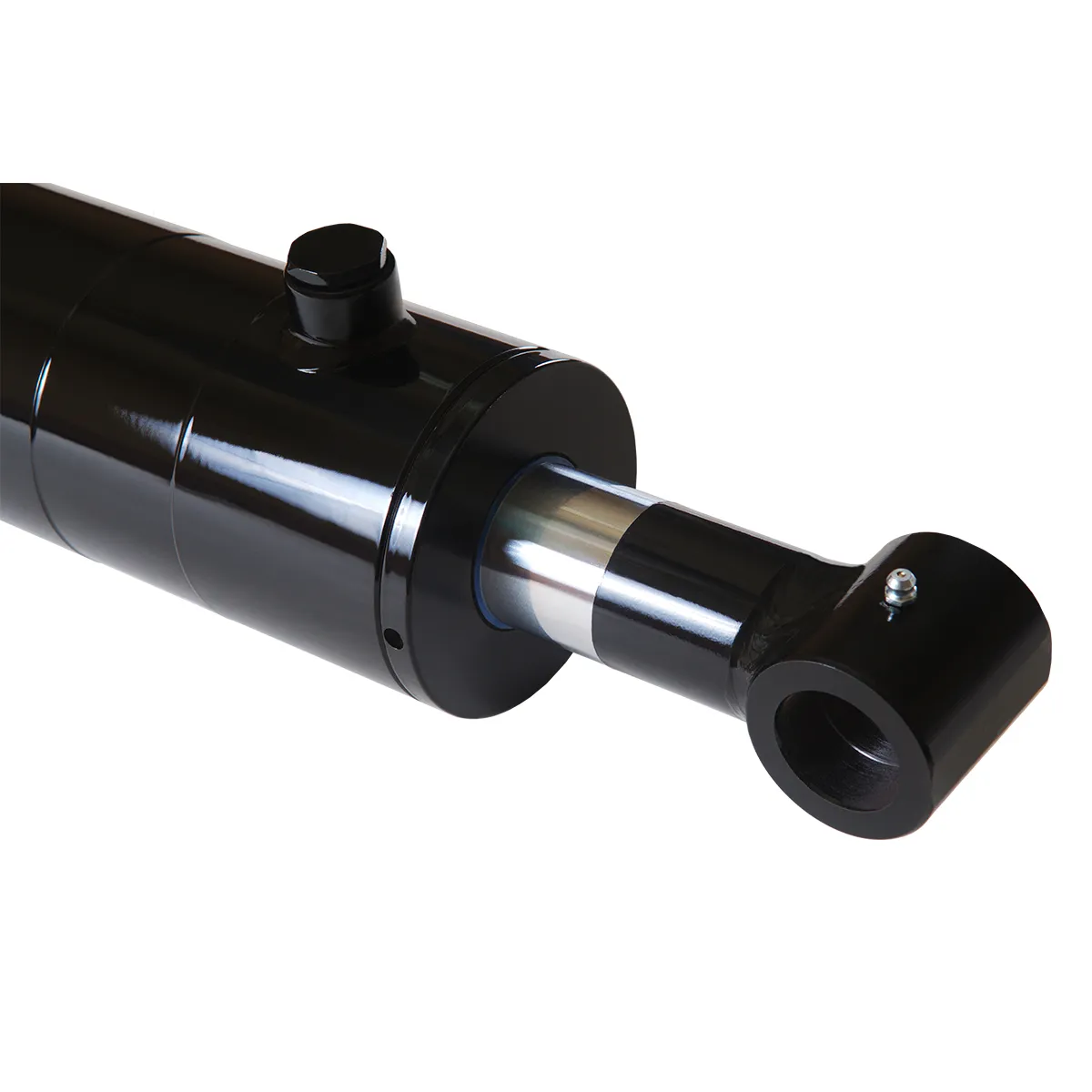

Unlocking the Potential: Exploring the World of Locking Single-Acting Hydraulic Cylinders
Introduction to Locking Single-Acting Hydraulic Cylinders
The locking single-acting hydraulic cylinder is a versatile component that operates under hydraulic pressure in one direction, featuring a locking function to prevent movement in the absence of pressure. Let’s delve into the design and construction characteristics of this innovative technology.
Locking Mechanism – Safety
One of the key features of the locking single-acting hydraulic cylinder is its safety mechanism, which ensures that the piston remains in a secure position even when hydraulic pressure is lost, preventing accidental retractions. This mechanism can take the form of a mechanical lock or a hydraulic lock.
Variety
The design of the locking mechanism can be customized to suit specific applications, utilizing spring-loaded locking devices, pin locks, or other mechanical locking mechanisms. This flexibility allows for optimal performance in various scenarios.
Compact Structure – Space Optimization
Locking single-acting hydraulic cylinders are engineered to be compact, making them ideal for use in constrained spaces. Their design allows for easy integration into a wide range of equipment and machinery, optimizing overall efficiency.
Precision Manufacturing – High-Precision Machining
These cylinders require components to be manufactured with high precision to ensure a perfect fit and sealing performance, minimizing the risk of leakage. Stringent quality control measures are implemented throughout the production process to guarantee the reliability of each component.
Assembly Process – Specialized Assembly
The assembly of locking single-acting hydraulic cylinders demands skilled technicians to ensure the correct installation and calibration of individual parts. Following assembly, a pressure test is conducted to assess performance and tightness, ensuring optimal functionality.
Working Principle of Locking Single-Acting Hydraulic Cylinders
The operation of a locking single-acting hydraulic cylinder involves a unique mechanism that allows the cylinder to extend under hydraulic pressure and lock in position to prevent retraction. This locking function can be mechanical or hydraulic, ensuring load safety even in the event of pressure loss.
Types and Configurations of Locking Single-Acting Hydraulic Cylinders
There are three main types of locking single-acting hydraulic cylinders, each offering distinct configurations to suit various applications. These cylinders are designed to provide reliable performance and enhanced safety in diverse settings.
Enhanced Security

Locking single-acting hydraulic cylinders offer enhanced security by reducing the risk of accidental retractions, thereby improving operator safety. Their reliable design ensures consistent performance under high loads and varying conditions, making them a user-friendly choice for numerous applications.
Reliability
These cylinders are engineered for reliability, operating effectively under demanding conditions to deliver consistent performance. Their simplicity makes them easy to operate and maintain, enhancing overall efficiency in a wide range of settings.
Simplicity
The straightforward design of locking single-acting hydraulic cylinders makes them easy to use and maintain, providing a user-friendly solution for various applications. Their compact structure and precision manufacturing ensure optimal performance in diverse environments.
Application Scenarios of Locking Single-Acting Hydraulic Cylinders
Locking single-acting hydraulic cylinders find application in a variety of industries, including construction, manufacturing, transportation, and aviation. These cylinders play a crucial role in ensuring safety, stability, and reliability in key operational processes.
Construction Equipment
These cylinders are commonly used in cranes, hoists, and lifts to secure heavy objects during operation, minimizing the risk of accidents and enhancing overall safety.
Manufacturing
In manufacturing settings, locking single-acting hydraulic cylinders are utilized in presses to shape materials under high pressure, ensuring precise and efficient processing.
Transportation
For transportation applications, these cylinders serve as stabilizers and jacks for vehicles, providing stability and safety during maintenance and transit operations.
Aviation
In the aviation industry, locking single-acting hydraulic cylinders are integrated into landing gear systems to secure the landing gear during takeoff and landing, ensuring safe and reliable aircraft operations.
Design Considerations and Selection Criteria of Locking Single-Acting Hydraulic Cylinders
When selecting a locking single-acting hydraulic cylinder, it is essential to consider factors such as bearing capacity, sealing, durability, safety, and maintainability. These design considerations play a critical role in determining the performance and longevity of the cylinder in various applications.
Sealing and Lubrication of Locking Single-Acting Hydraulic Cylinders
The sealing and lubrication of locking single-acting hydraulic cylinders are crucial for maintaining optimal performance and longevity. Utilizing high-quality seals and lubricants, along with regular maintenance practices, can enhance the efficiency and reliability of these cylinders.
Regular Inspection and Preventive Maintenance Measures
Implementing regular inspection and preventive maintenance measures is essential for ensuring the continued functionality and safety of locking single-acting hydraulic cylinders. By adhering to recommended maintenance practices, potential issues can be identified and addressed promptly, minimizing downtime and enhancing operational efficiency.
Correct Installation Guide for Locking Single-Acting Hydraulic Cylinders
Proper installation is key to maximizing the performance and longevity of locking single-acting hydraulic cylinders. Following a correct installation guide ensures that the cylinders are securely mounted and calibrated for optimal operation, reducing the risk of malfunctions and enhancing overall safety.
Maintenance Tasks for Locking Single-Acting Hydraulic Cylinders
Three essential maintenance tasks for locking single-acting hydraulic cylinders include regular inspection, proper lubrication, seal replacement, and calibration inspection. By prioritizing these maintenance activities, operators can prolong the service life of the cylinders and minimize the risk of potential malfunctions.
Safety Considerations and Environmental Factors
When utilizing locking single-acting hydraulic cylinders, it is crucial to prioritize safety considerations and environmental factors to ensure safe and sustainable operation. Implementing proper safety measures and adhering to environmental regulations can promote a secure working environment and minimize adverse impacts on the surroundings.
Fault Diagnosis and Common Problems
Understanding common problems and conducting effective fault diagnosis are essential for maintaining the optimal performance of locking single-acting hydraulic cylinders. By identifying and addressing issues promptly, operators can prevent downtime and ensure the continued reliability of the cylinders.
Unit Power of Locking Single-Acting Hydraulic Cylinders
The unit power of locking single-acting hydraulic cylinders plays a critical role in evaluating their performance and efficiency. Factors such as cylinder diameter, stroke, operating pressure, piston speed, and load conditions influence the overall power output and operational capabilities of these cylinders.
Optimizing Locking Single-Acting Hydraulic Power Unit

Optimizing the power unit of locking single-acting hydraulic cylinders offers multiple benefits, including improved efficiency, energy savings, and enhanced reliability. By implementing strategic power management practices, operators can enhance the performance and longevity of the cylinders, leading to increased productivity and reduced operating costs.
FAQs on Locking Single-Acting Hydraulic Cylinders
How does the locking mechanism in a single-acting hydraulic cylinder work?
The locking mechanism in a single-acting hydraulic cylinder functions by securing the piston in place to prevent retraction, ensuring load safety even in the absence of hydraulic pressure.
What are the main components of a locking single-acting hydraulic cylinder?
The main components of a locking single-acting hydraulic cylinder include the piston, cylinder, locking mechanism, seals, and hydraulic fluid, working together to enable controlled movement and load support.
What advantages do locking single-acting hydraulic cylinders offer over standard single-acting cylinders?
Locking single-acting hydraulic cylinders offer enhanced safety, reliability, and security features compared to standard single-acting cylinders, providing operators with peace of mind and optimal performance in various applications.
Long-Tail Keywords for Locking Single-Acting Hydraulic Cylinders
1. “Enhanced Security with Locking Single-Acting Hydraulic Cylinders”: These cylinders offer advanced safety features for critical applications, ensuring reliable performance and load stability.
2. “Efficiency and Reliability of Locking Single-Acting Hydraulic Cylinders”: Discover how these cylinders optimize operational efficiency and enhance overall reliability in diverse settings.
3. “Safety and Sustainability with Locking Single-Acting Hydraulic Cylinders”: Explore the benefits of using locking single-acting cylinders for secure and environmentally conscious operations.
Our Company
We are a leading hydraulic cylinder replacement manufacturer, offering a comprehensive product line tailored to meet diverse industry needs. With a focus on quality, innovation, and customer satisfaction, we have established ourselves as a trusted provider of hydraulic solutions in both domestic and international markets.
Our company prides itself on professional service standards, international certification, customizable solutions, state-of-the-art production equipment, and dedicated after-sales support. We strive to exceed customer expectations and deliver cutting-edge hydraulic technology for a wide range of applications.
